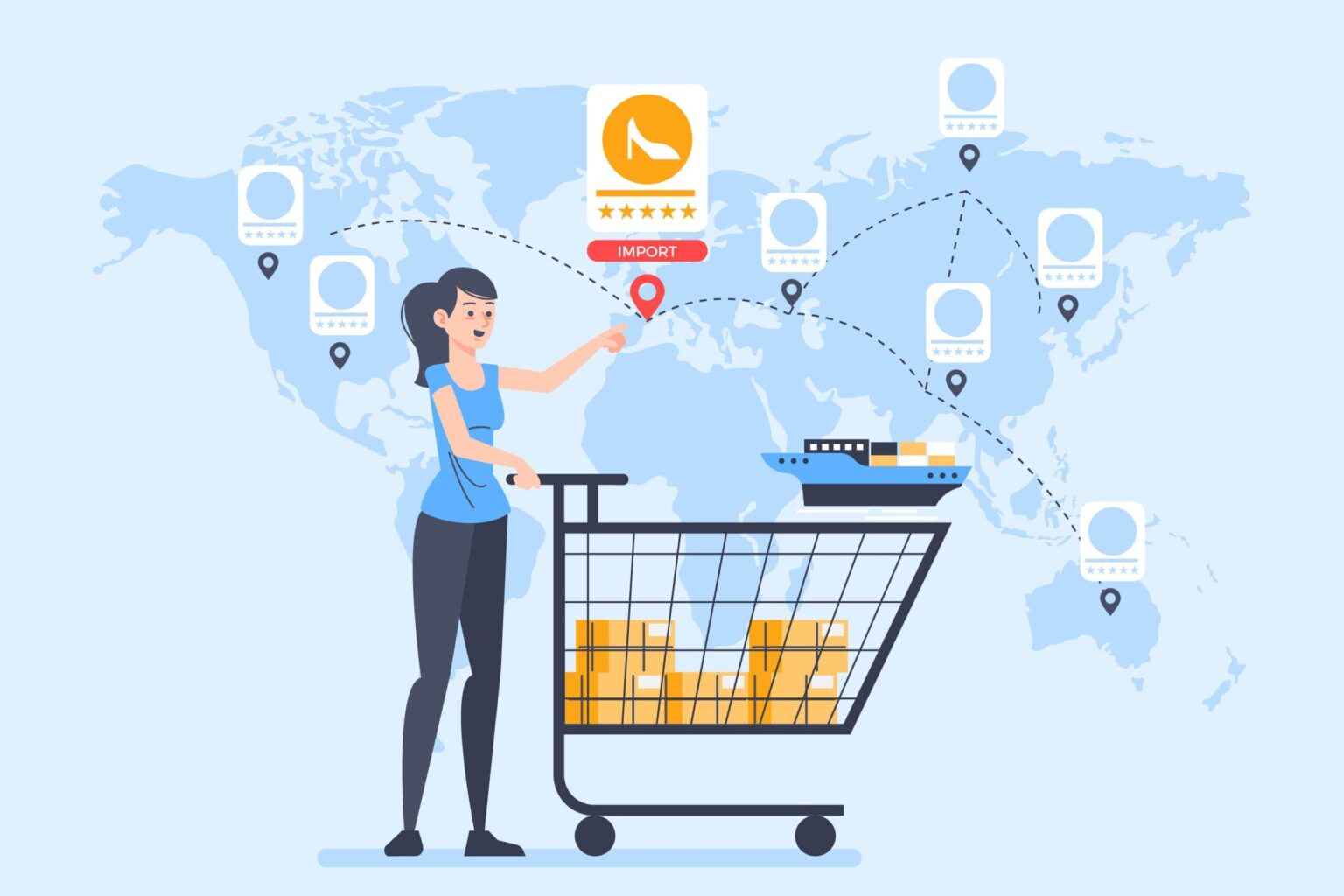Omni-channel retailing refers to the seamless integration of online and offline shopping channels to provide customers with a unified and consistent shopping experience. Here’s how omni-channel retailing works and benefits both customers and businesses:
- Multiple Shopping Channels: Omni-channel retailing allows customers to engage with a brand through multiple channels, including physical stores, websites, mobile apps, social media platforms, and more. Customers have the flexibility to choose the most convenient channel for their shopping needs.
- Consistent Branding and Messaging: Regardless of the channel, omni-channel retailing ensures that the brand’s image, messaging, and customer experience remain consistent. Customers can expect a cohesive brand experience and recognize the brand’s identity across all touchpoints.
- Seamless Integration: Omni-channel retailing integrates various channels to enable seamless transitions between them. For example, customers can browse products online, check availability in nearby stores, make purchases online and pick up in-store, or return items purchased online to physical stores. This integration removes barriers and provides convenience for customers.
- Unified Inventory and Pricing: Omni-channel retailing involves synchronizing inventory and pricing across different channels. This allows customers to access accurate and up-to-date information about product availability, pricing, and promotions, regardless of the channel they choose. Customers can have confidence that the product they want is available and priced consistently.
- Personalization: Omni-channel retailing enables personalized experiences by leveraging customer data across channels. Businesses can use customer preferences, purchase history, and browsing behavior to offer personalized recommendations, promotions, and targeted marketing messages. This personalization creates a more engaging and relevant shopping experience for customers.
- Enhanced Customer Service: With omni-channel retailing, businesses can provide consistent and high-quality customer service across channels. Customers can access support and assistance through multiple channels, such as live chat on websites, customer service helplines, social media interactions, or in-person assistance at physical stores. This flexibility ensures that customers can receive assistance in their preferred manner.
- Customer Convenience: Omni-channel retailing prioritizes customer convenience. Customers can shop whenever and wherever they want, using their preferred channel. They can research products online, read reviews, compare prices, make purchases, and access customer support without limitations. This convenience improves customer satisfaction and increases the likelihood of repeat purchases.
- Insights and Analytics: Omni-channel retailing provides businesses with valuable insights and data about customer behavior across channels. By analyzing customer data, businesses can gain a deeper understanding of customer preferences, shopping patterns, and engagement levels. These insights help businesses refine their marketing strategies, optimize inventory management, and make data-driven decisions.
- Competitive Advantage: Implementing omni-channel retailing strategies can give businesses a competitive edge. By providing a seamless and personalized shopping experience, businesses can differentiate themselves from competitors and attract and retain customers. Omni-channel retailing helps businesses stay relevant in a digital-first era where customers expect integrated and convenient shopping experiences.
In summary, omni-channel retailing offers a holistic and integrated approach to retail, combining online and offline channels to deliver a seamless and consistent customer experience. By embracing omni-channel strategies, businesses can enhance customer satisfaction, drive sales, and build long-term customer loyalty.



